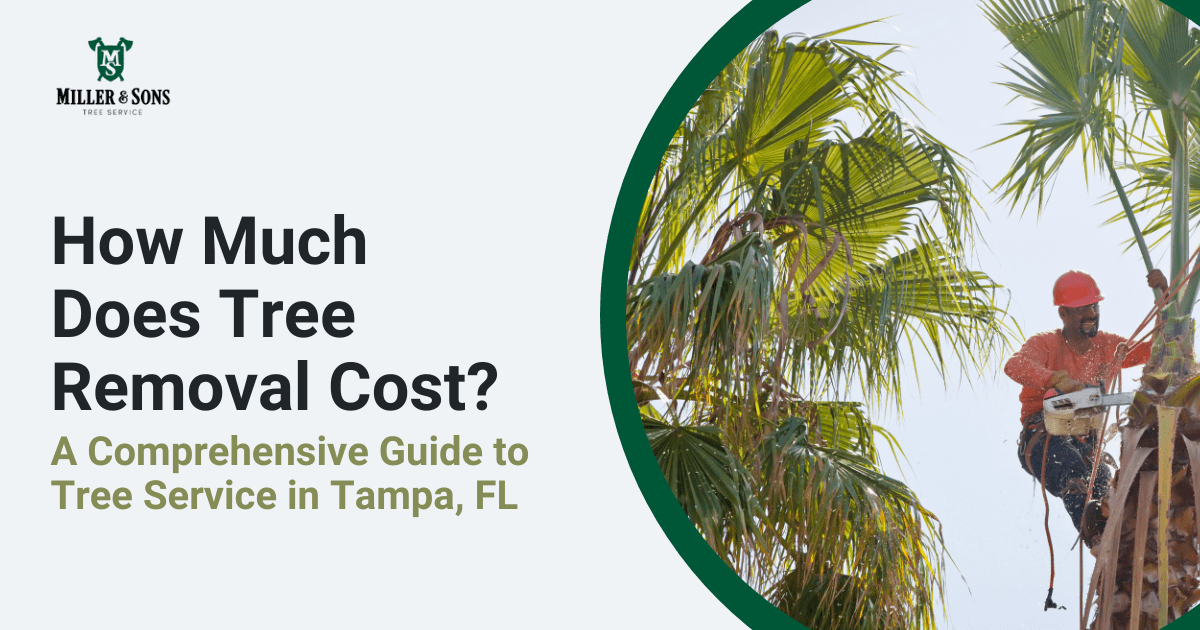Featured
Table of Contents
- – Veteran Discounts On Tree Removal In Nanakuli,...
- – Nanakuli, HI Tree Service: How Much To Expect
- – Nanakuli, HI Stump Grinding: Questions To Ask
- – Used Arborist Prices In Nanakuli, HI
- – Reviewing Nanakuli, HI Tree Trimming Companie...
- – Residential Stump Grinding Costs In Nanakuli,...
- – Standard Stump Grinding Prices In Nanakuli, HI
- – Nanakuli, HI Stump Removal Cost Structure
- – Total Tree Service Costs In Nanakuli, HI: No...
- – Why Are Nanakuli, HI Tree Removal Worth It
- – Nanakuli, HI Tree Service Reviews: What Loca...
- – Nanakuli, HI Stump Removal Comparison: Pricing
- – Nanakuli, HI Tree Trimming Cost Breakdown
- – Nanakuli, HI: Typical Arborist Costs
- – How Much Does A Stump Removal Cost In Nanaku...

The subsections below offer more in-depth details about pricing, including an average range for each. TypeAverage Elimination CostPineConiferPalmMagnoliaArborvitaeAshCedarSweet GumEucalyptusSycamoreCypressOakMaplePoplar You can anticipate to pay between to eliminate a pine, depending on its size. Getting rid of a pine is one of the more cost effective tasks unless it is one that has been around for many years and is rather large.
Veteran Discounts On Tree Removal In Nanakuli, HI
Pines also have a tap root that grows deep into the soil, which can prove to be more tough to remove. The procedure itself involves an expert cutting the tree, clearing the base, cutting the surface area roots, removing the stump, and finally dealing with the soil. Without an expert hand, you run the risk of leaving pine seedlings behind, which will fall from the roots of distressed pines.
Nanakuli, HI Tree Service: How Much To Expect
The U.S. nationwide average for conifer removal is roughly to have the conifer cut down, hauled away, and the stump ground or removed completely. Conifers are typically much easier to get rid of, and although they can grow rather tall, they do not cost a fortune to eliminate. Conifers include pine, spruce, fir, and juniper trees.
Nanakuli, HI Stump Grinding: Questions To Ask
While conifers are gorgeous, they kill native plants and particular types of turf. This is due to the fact that they require a lot of water and nutrients to endure, so they seep it off surrounding plants. They likewise have an extensive network of roots, which can impact your home's structure. The average price of palm removal depends upon the height as much as the type, ranging from.
Used Arborist Prices In Nanakuli, HI
That is why it is necessary to understand which type you are eliminating. While you do not require an herbicide to kill a palm tree, there are some steps your removal professional will have to require to ensure the task is done correctly. There are 2 ways they can eliminate them: by chopping them down or digging them up.
Reviewing Nanakuli, HI Tree Trimming Companies: Costs
From there, they eliminate the real tree and then the stump. Expect to pay in between to remove this type of tree, depending on the precise size and details of the task.
Residential Stump Grinding Costs In Nanakuli, HI
There are three types: green, white, and black ash. White ash is understood for its many colors. With its gray-tinged bark, its leaves are green or purple in the spring and golden yellow or purplish-red in the fall. They delight in moderate climates and lots of sun. The green ash is called such due to its green or yellow foliage.
Standard Stump Grinding Prices In Nanakuli, HI

Due to the variation in height, the removal rate difference is wide from. A coniferous, evergreen tree, the cedar is a sturdy types.
Nanakuli, HI Stump Removal Cost Structure
The development of incorrect cedars differs from 50 feet up to 230 feet high. With star-shaped leaves and stunning fall colors, the sweet gum is thought about a medium to big tree.
Total Tree Service Costs In Nanakuli, HI: No Hidden Fees
Typically, it costs in between to eliminate a eucalyptus. Eucalyptus are not typical all over, but they are rather big compared to others, which is why even the smaller ones are so expensive to remove.
Why Are Nanakuli, HI Tree Removal Worth It
There are a handful of ways to do this, consisting of burning, pulling, grinding, or eliminating them with herbicide. Expect to pay in between to remove sycamores, based on the height, trunk size, and amount of work involved. Sycamores are one of the biggest hardwood trees, typically ranging from 60 to 100 feet high and as large as 15 feet.
Nanakuli, HI Tree Service Reviews: What Locals Say
The first two steps will expose the withins of the tree and cut off the circulation of nutrients up the trunk. From there, an expert applies herbicide to kill the tree and cuts down the trunk.
Nanakuli, HI Stump Removal Comparison: Pricing
There are several types of Cypress trees, however the most widespread are the Leyland, Arizona, Bald, and Italian. The Bald Cypress grows in swampy or really damp locations while the others take pleasure in a dry, warm, or hot climate (tree service). They can grow as high as 80 to 100 feet tall
Nanakuli, HI Tree Trimming Cost Breakdown

Prone to illness, the Cypress is among the most prized woods for furnishings. The average oak grows to around 60 feet, and depending upon the complexity of the removal, it costs approximately to get rid of. The precise size of your oak and the effort required to fell it affect what you will actually pay for elimination together with any additional services like stump grinding.
Nanakuli, HI: Typical Arborist Costs
Access to the trees and the roots will also impact the general expense. Maples can easily grow up to 100 feet or more and generally cost in between to remove from your property. The last price depends on the real height and intricacy of the job. Maples are generally among the more expensive trees to remove since of their size and the work associated with the elimination.
How Much Does A Stump Removal Cost In Nanakuli, HI
Poplars are giants of the species. Growing as high as 90 to 115 feet, these enormous lumbers are mainly found in The United States and Canada and consist of the aspen, cottonwood, and balsam trees. Boasting an expansive root system, poplars can be pricey to get rid of when totally grown. The procedure to eliminate trees includes all the cutting and cutting of the branches and trunk, bringing it down to a stump.
Table of Contents
- – Veteran Discounts On Tree Removal In Nanakuli,...
- – Nanakuli, HI Tree Service: How Much To Expect
- – Nanakuli, HI Stump Grinding: Questions To Ask
- – Used Arborist Prices In Nanakuli, HI
- – Reviewing Nanakuli, HI Tree Trimming Companie...
- – Residential Stump Grinding Costs In Nanakuli,...
- – Standard Stump Grinding Prices In Nanakuli, HI
- – Nanakuli, HI Stump Removal Cost Structure
- – Total Tree Service Costs In Nanakuli, HI: No...
- – Why Are Nanakuli, HI Tree Removal Worth It
- – Nanakuli, HI Tree Service Reviews: What Loca...
- – Nanakuli, HI Stump Removal Comparison: Pricing
- – Nanakuli, HI Tree Trimming Cost Breakdown
- – Nanakuli, HI: Typical Arborist Costs
- – How Much Does A Stump Removal Cost In Nanaku...
Latest Posts
Understanding Tree Service Costs In Silver Lake, NC
Maintenance Tree Cutting Costs In Ferry Pass, FL
Fast Stump Removal Service Costs In Rio Vista, CA
More
Latest Posts
Understanding Tree Service Costs In Silver Lake, NC
Maintenance Tree Cutting Costs In Ferry Pass, FL
Fast Stump Removal Service Costs In Rio Vista, CA